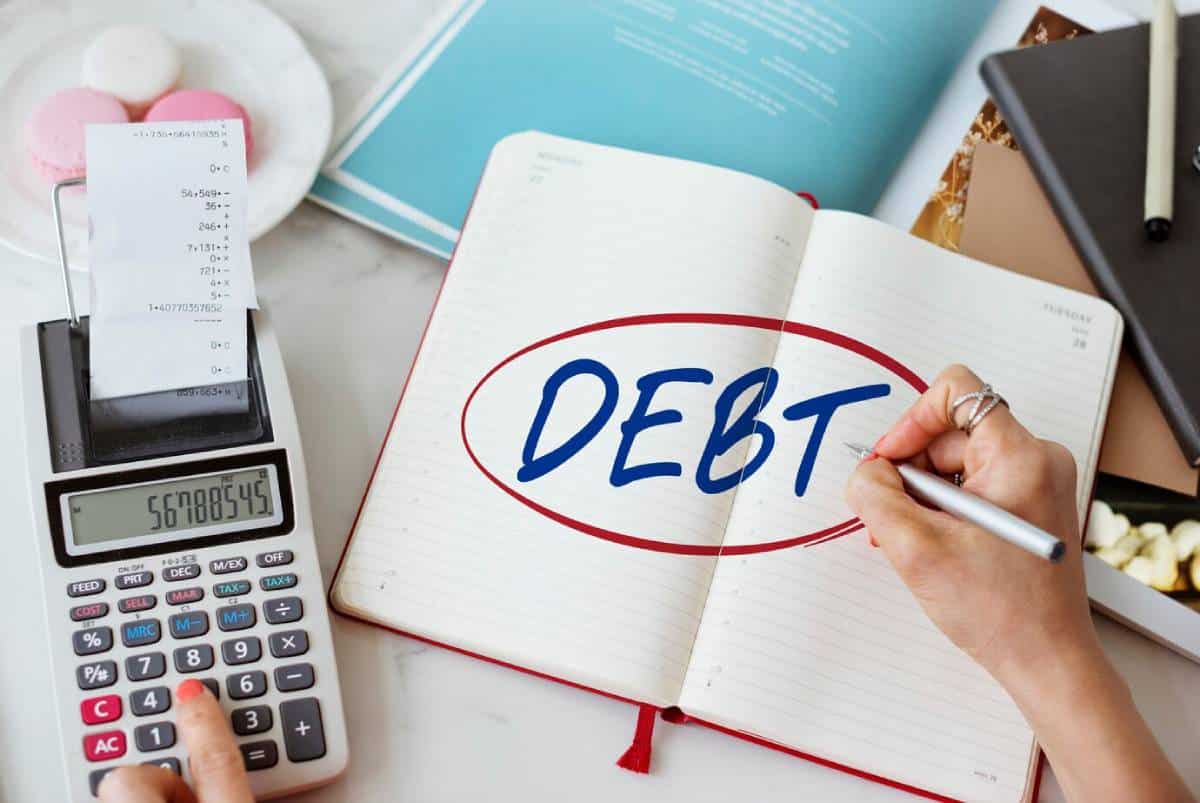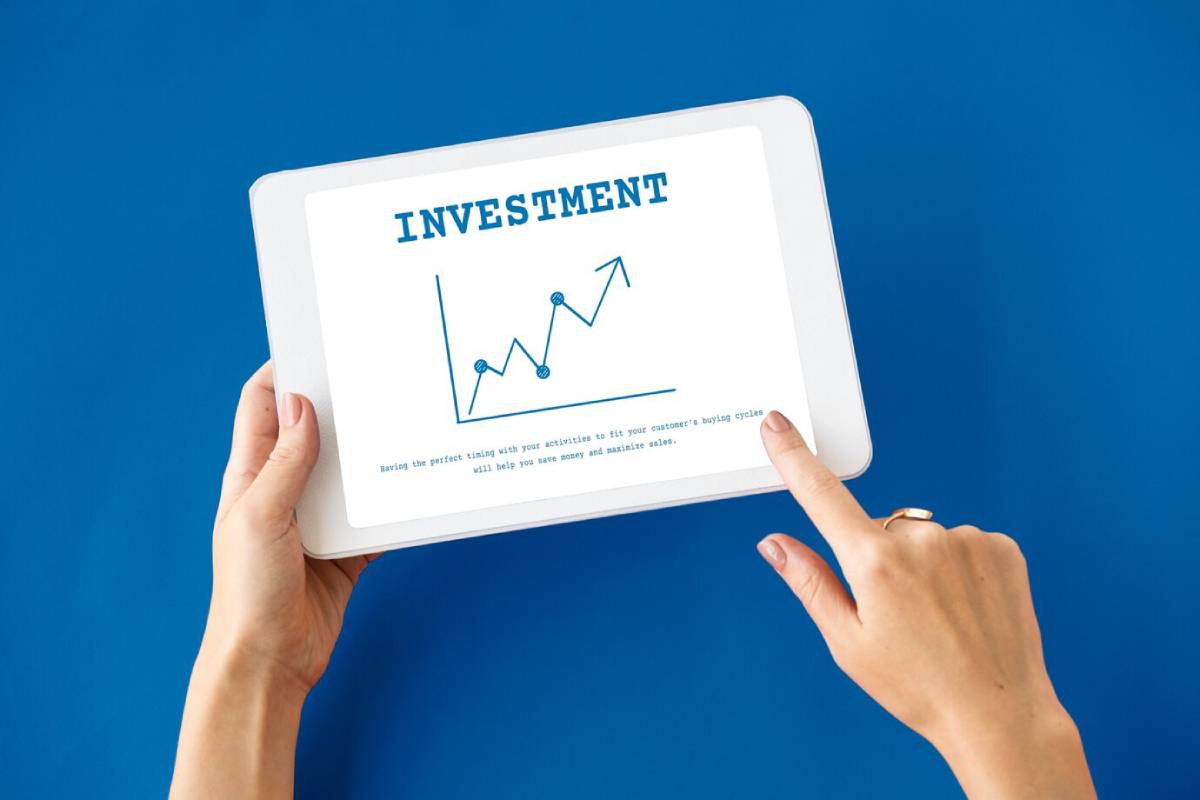
Managing Debt While Building Savings
You’ve probably heard the age-old financial advice: “Pay off debt before you save.” But real life isn’t that simple. Emergencies arise, goals change, and focusing on just one part of your finances can weaken you.
This guide shows you how to balance debt repayment and saving. You’ll learn to lower financial stress today and build a secure tomorrow.
Why Balancing Debt and Savings Matters
Choosing between paying off debt and building savings is a false dichotomy. The truth is, you need both — but in the right proportion.
If you only pay off debt:
- You risk going deeper into debt during emergencies.
- You lose flexibility for short-term goals and unexpected expenses.
If you only save:

- High-interest debt continues to erode your wealth.
- You might feel stuck, making minimum payments with no progress.
Balance is the key. You need a plan that protects your present and supports your future.
Quick Insight:
You don’t have to choose between saving and paying off debt. Saving is a flexible process that changes with your life.
Step 1: Understand Your Financial Picture
Start by getting clear on what you’re working with.
Gather the following:
- All your debts: balances, interest rates, minimum payments.
- Your savings: emergency fund, retirement, and sinking funds.
- Income and monthly expenses: What’s left over after essentials?
A complete overview helps you prioritise well and spot financial blind spots.
Step 2: Build a Starter Emergency Fund
Build a buffer before paying off debt. This will help you avoid falling back into debt if unexpected expenses arise.
Why it matters:
Even a flat tyre or dental bill can send you back into credit card territory without some liquid savings.
How much to aim for:
- Start with £500–£1,000 in a separate, easy-access account.
- Adjust based on your risk tolerance, household size, and job stability.
Step 3: Prioritise High-Interest Debt
Once your starter fund is in place, it’s time to attack debt, starting with the most expensive.
Use the Avalanche Method:
- List debts by interest rate, highest to lowest.
- Pay minimums on all but the one with the highest rate.
- Throw all extra cash at that debt.
- Once it’s paid off, roll that amount into the next-highest-interest debt.
This method helps you save money on interest over time. It’s an important strategy for managing savings and repayment.
Tip:
Still unsure if Avalanche suits your style? Compare it with the [Snowball vs. Avalanche Method: Which is Best?] to find what fits you.
Step 4: Save Alongside Repayments
Now that you have an emergency fund and your high-interest debt is managed, you can save while you pay it off.
Example split of extra money:
- 60% toward debt
- 40% toward savings
This flexible approach allows you to:
- Expand your emergency fund to 3–6 months’ expenses
- Save for goals like a car, a home, or travel
- Contribute to long-term accounts like pensions or ISAs
Pro Tip: Use your personal goals to shape your ratio. It’s fine to focus more on saving or paying off debt based on what matters to you right now.
Step 5: Automate Your Progress
Automation keeps you consistent. It helps curb spending and builds financial discipline.
How to automate:
- Set up direct debits for debt repayments (at least the minimum).
- Schedule automatic savings transfers on payday — treat them like any other bill.
- Use tools like Monzo Pots, Plum, or Chip to simplify and optimise the process.
Over time, small automated contributions can lead to surprisingly significant results.
Smart Saving Strategies While Managing Debt
1. Open Separate Accounts
Keep your savings goals organised and untouched:
- Emergency fund
- Holiday fund
- Home Deposit
- Unexpected medical bills
Out of sight = out of mind (and harder to spend impulsively).
2. Use High-Yield Savings Accounts
Let your money earn while it waits. Choose accounts with:
- No monthly fees
- Strong interest rates (APY)
- Quick access in emergencies
3. Take Advantage of Employer Pension Matches
Even if you’re in debt, don’t skip your employer match — it’s free money.
Tip:
- Contribute just enough to get the full match.
- Once your debt is under control, gradually increase your contributions.
4. Cut Costs Creatively

Freeing up just £100–£200 per month can supercharge both savings and debt payments.
Ideas:
- Meal plan and batch cook
- Cancel unused memberships and subscriptions
- Buy second-hand clothing or furniture
- Use cashback and rewards apps
- Split streaming services with family or friends
Real-Life Story: Olivia’s Balancing Act
Olivia is 28 and works as a teacher. She has £7,000 in student loans and no savings. She just moved into her first apartment.
Her Plan:
- Saved £50/month into an emergency fund
- Paid £200/month toward her student loan
- Took weekend tutoring gigs to earn extra income
The Result:
- Two years later, she paid off her loan in full
- Built a £3,000 emergency fund
- Started saving for her first home deposit
Moral: You don’t have to choose between saving and repaying. Consistent, steady progress in both areas pays off.
Common Mistakes to Avoid
- Neglecting savings altogether: Emergencies will come. Without savings, you’ll end up back in debt.
- Don’t over-prioritise low-interest debt: Start by tackling high-interest obligations that drain your wealth.
- Not adjusting as life changes: When your income or expenses change, reassess your allocations.
- Not tracking progress: Use apps, spreadsheets, or visual trackers. They can help you stay motivated and accountable.
FAQ: Managing Debt and Saving
Should I save or pay off debt first?
First, build a small emergency fund. Then, tackle high-interest debt. Keep saving regularly, even if it’s a little at a time.
What about low-interest debts like student loans or mortgages?
Pay them off only if they cause stress or limit your financial freedom. Balance is key.
How do I stay motivated?
- Celebrate small wins (debt milestones, savings goals)
- Visualise your progress
- Remind yourself of the freedom you’re building
Conclusion: Build Your Safety Net While Breaking Free
Managing debt while building savings isn’t a race — it’s a deliberate, balanced journey. Set clear goals, use intelligent systems, and be patient. This keeps you safe from financial surprises and helps you create a brighter, more stable future.
Ready to take action? Start with a basic emergency fund. Choose a repayment strategy. Automate your steps. And watch your financial confidence soar.


